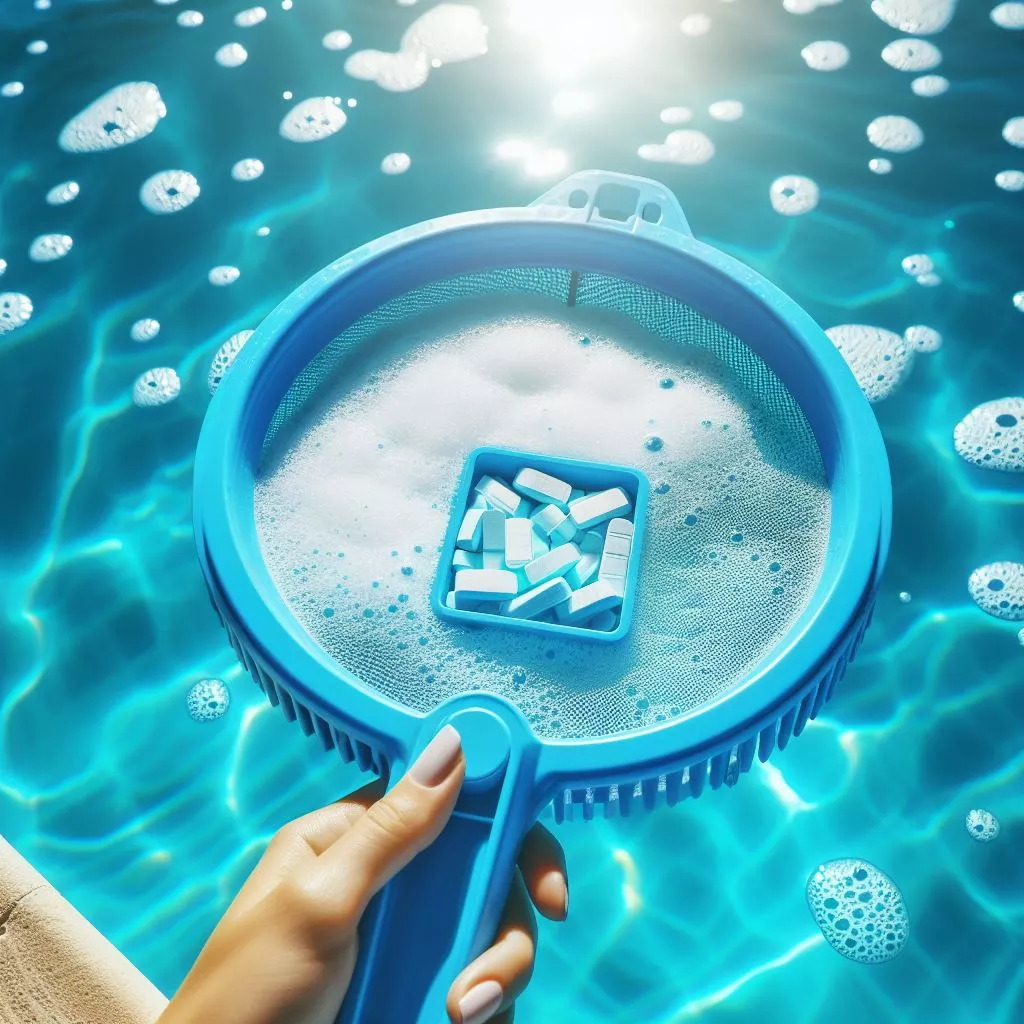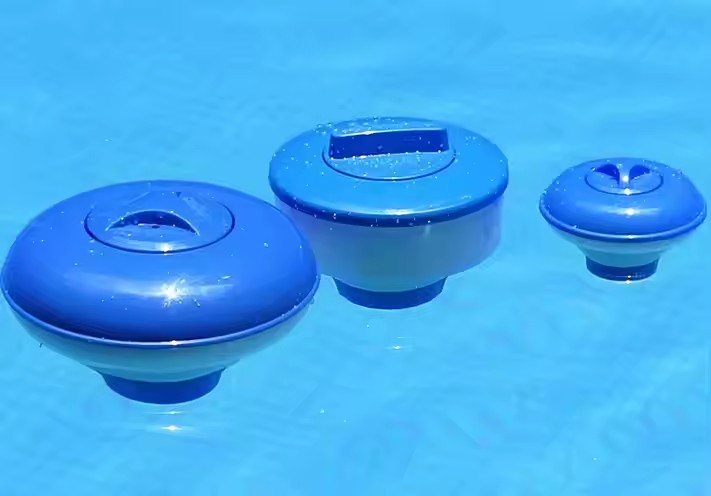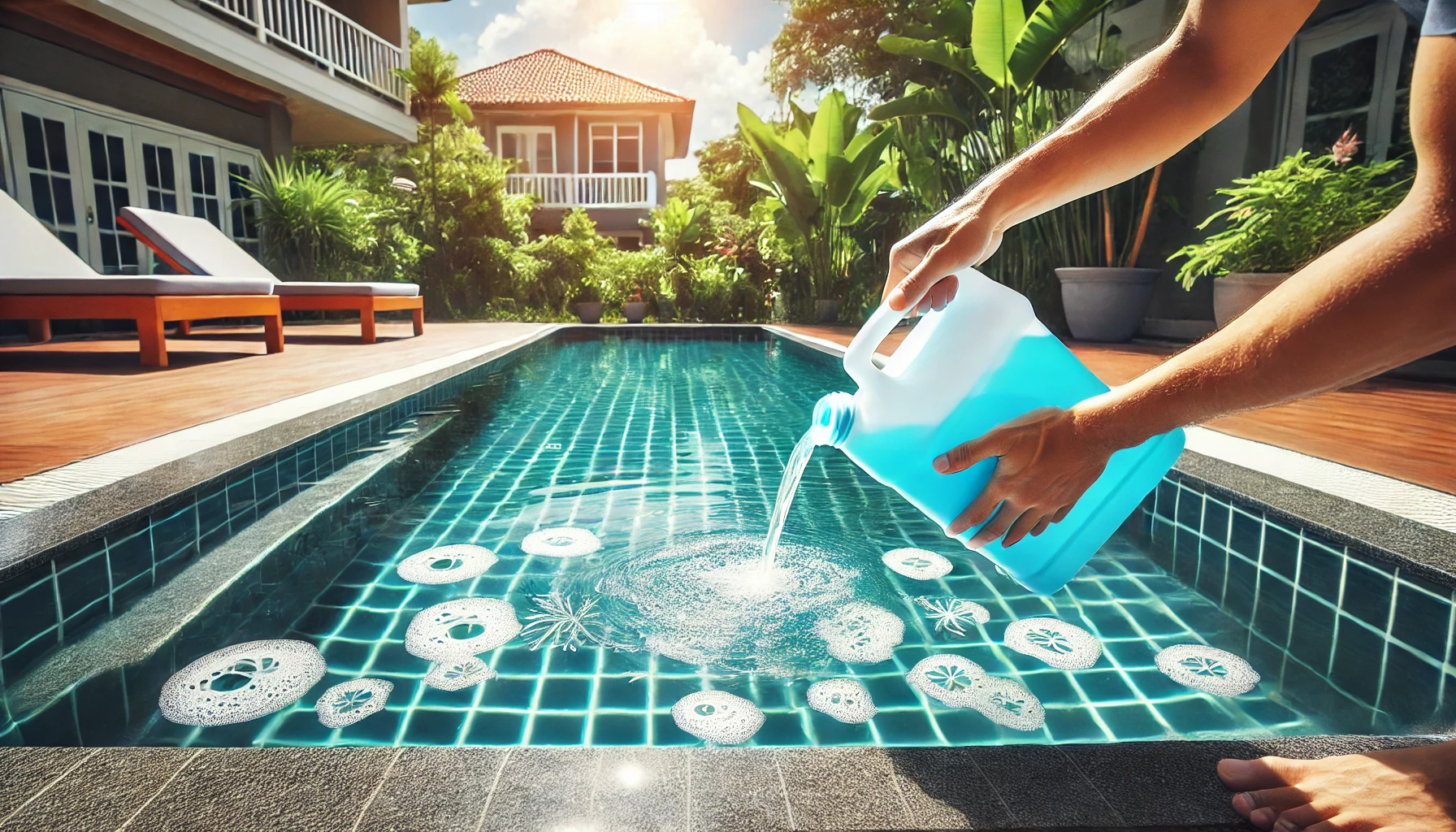Maintaining adequate levels of free chlorine in your pool is crucial for ensuring the water remains safe and clean. Free chlorine acts as a disinfectant, killing harmful bacteria and controlling algae growth. However, maintaining the correct free chlorine level can sometimes be challenging, especially when facing high bather loads or specific environmental factors. This guide delves into detailed strategies for effectively raising and maintaining free chlorine levels in your pool to ensure a healthy and safe swimming environment.
The Importance of Free Chlorine
Free chlorine refers to the chlorine in the pool that has not yet reacted with contaminants and is available to disinfect the water. The ideal level of free chlorine in pool water should be between 1 and 3 parts per million (ppm). Levels below this range indicate that the pool water is not adequately sanitized, which can lead to algae growth and bacterial buildup. Understanding the significance of maintaining free chlorine is essential for effective pool management.
Factors Contributing to Low Free Chlorine Levels
Several factors can lead to a reduction in free chlorine levels in your pool:
- High Chlorine Demand: This occurs when there are a lot of organic contaminants or a high number of swimmers, requiring more chlorine to maintain disinfecting effectiveness.
- Sunlight Exposure: UV rays from the sun can break down chlorine, especially if unstabilized forms like liquid chlorine or bleach are used without cyanuric acid.
- Cyanuric Acid Levels: While cyanuric acid helps stabilize chlorine against sunlight degradation, excessively high levels can inhibit the effectiveness of chlorine.
- Chemical Imbalance: Incorrect pH and alkalinity levels can also affect chlorine efficacy, making it less effective or faster to dissipate.
Strategies for Increasing Free Chlorine Levels
Enhancing free chlorine levels involves several key steps:
- Regular Testing and Chemical Adjustment: Use a reliable water testing kit to regularly measure the levels of free chlorine, pH, total alkalinity, and cyanuric acid. Adjust these levels as necessary to create an optimal environment for chlorine effectiveness.
- Choosing the Right Chlorine Product: Depending on the specific needs of your pool, select an appropriate chlorine product. Quick-dissolving chlorine products like liquid chlorine or granular chlorine are suitable for immediate adjustments. For prolonged disinfection, chlorine tablets are effective due to their slow-dissolving nature.
- Shock Treatment: When free chlorine levels are significantly low or zero, a shock treatment can be necessary. Shocking involves adding a large quantity of chlorine to the pool to quickly raise the chlorine level to a point where it can effectively sanitize the water and break down contaminants.
- Optimizing Pool Maintenance: Keeping the pool clean and free from debris reduces the chlorine demand. Regularly removing leaves, dirt, and other organic materials helps maintain free chlorine levels.

Detailed Application Techniques
- Shocking the Pool: Choose a chlorine-based shock for immediate impact. Ensure the pool is not in use, and preferably shock during late evening or night to avoid sunlight interference with the shock process. Depending on the size of your pool, follow the manufacturer’s guidelines on the amount of shock required.
- Stabilizing Chlorine: If using unstabilized chlorine sources, consider adding cyanuric acid to protect the chlorine from rapid UV degradation. However, monitor cyanuric acid levels to keep them within the ideal range of 30-50 ppm to avoid reducing chlorine efficiency.
- Adjusting pH and Alkalinity: Before adding chlorine, adjust the pH to between 7.2 and 7.8 and ensure total alkalinity is within 80 to 120 ppm to optimize chlorine’s disinfecting power.
Conclusion
Effectively managing free chlorine levels is crucial for maintaining the safety and cleanliness of pool water. By understanding the factors that affect chlorine levels and employing the correct strategies to adjust them, you can ensure that your pool remains a healthy and enjoyable environment for all users. Regular testing and maintenance are key to this process, ensuring that the pool remains a safe and welcoming place for everyone.


